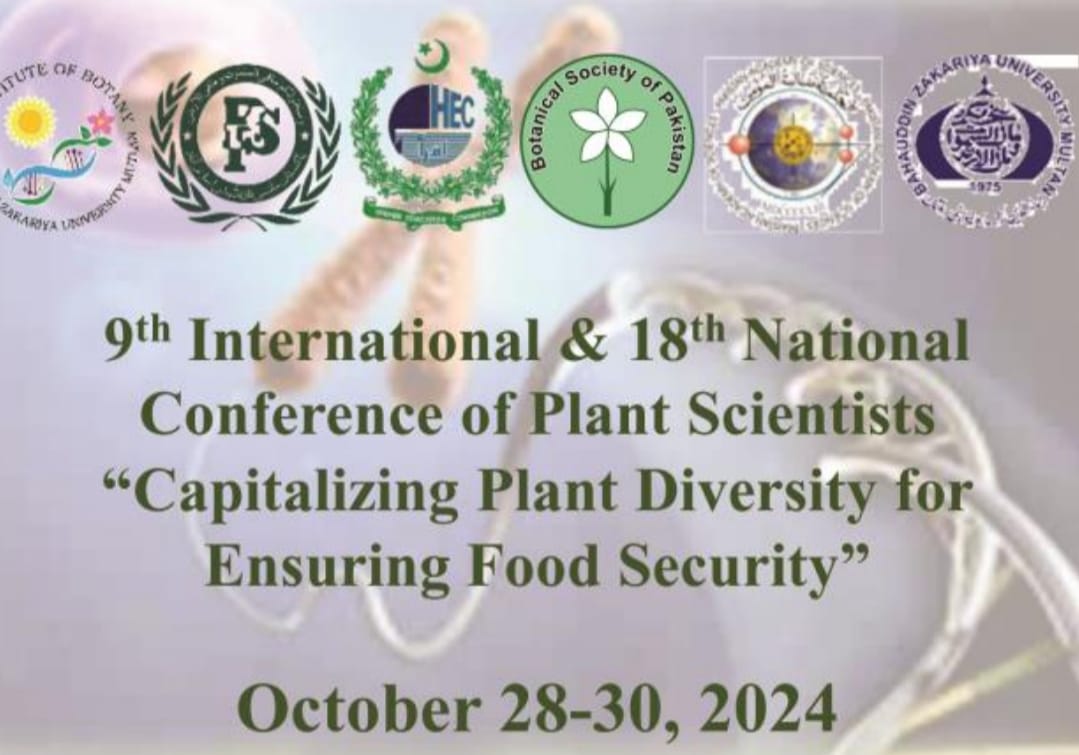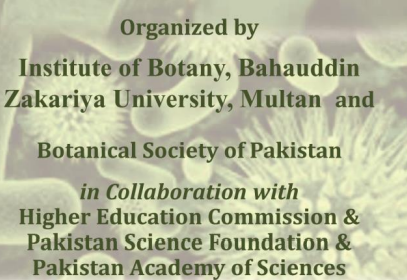Muhammad Azeem, Muhammad Qasim, Muhammad Waseem Abbasi, Tayyab, Robina Sultana, Muhammad Yousuf Adnan and Haibat Ali
Details
51(2): 385-391, 2019
Download PDF
Salicylic acid seed priming modulates some biochemical parameters to improve germination and seedling growth of salt stressed wheat (Triticum aestivum L.)
Details
51(2): 385-391, 2019


